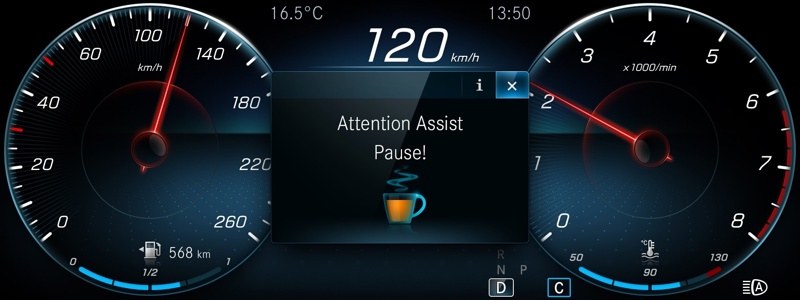Driver Drowsiness Detection
Driver Drowsiness Detection (DDD) is a safety feature in some modern vehicles that uses various sensors and algorithms to monitor the driver's level of alertness and detect signs of drowsiness or fatigue.
The system is designed to alert the driver if it detects signs of drowsiness, so they can take a break or pull over safely.
How does it work?
The system uses various sensors such as cameras, steering angle sensors, and microphones to monitor the driver’s behavior and patterns.
The software analyzes the data collected by the sensors and looks for signs of drowsiness, such as erratic steering, drifting out of lane, slowed reaction time, or changes in head position.
The system then alerts the driver if it detects signs of drowsiness or fatigue. This alert may be in the form of a sound, visual warning, or vibration of the seat or steering wheel.
Some systems may also recommend taking a break or suggest a nearby rest stop for the driver to rest and recharge.
Some advanced DDD systems may even adjust the vehicle’s features, such as changing the climate control or adjusting the seat, to help keep the driver alert.
Illustration Attention Assist Mercedes-Benz
Driver Drowsiness Detection is an important safety feature that can help prevent accidents caused by fatigue or drowsiness. However, it is not a substitute for getting enough rest or practicing safe driving habits. Drivers should always ensure they are well-rested and alert before getting behind the wheel and take breaks as needed.
Naming of system
Manufactors gives the system different names
- Attention Assist (Mercedes Benz)
Most sold EVs globaly
Below, you find the top 10 most-sold EV models in the world. Click on the name for full info.
